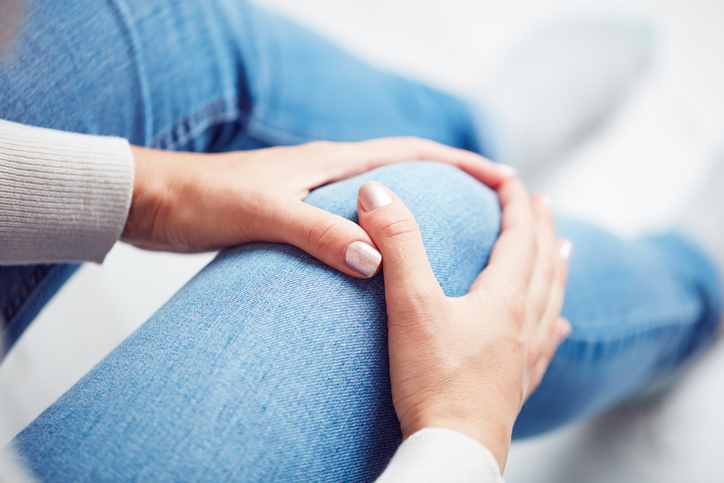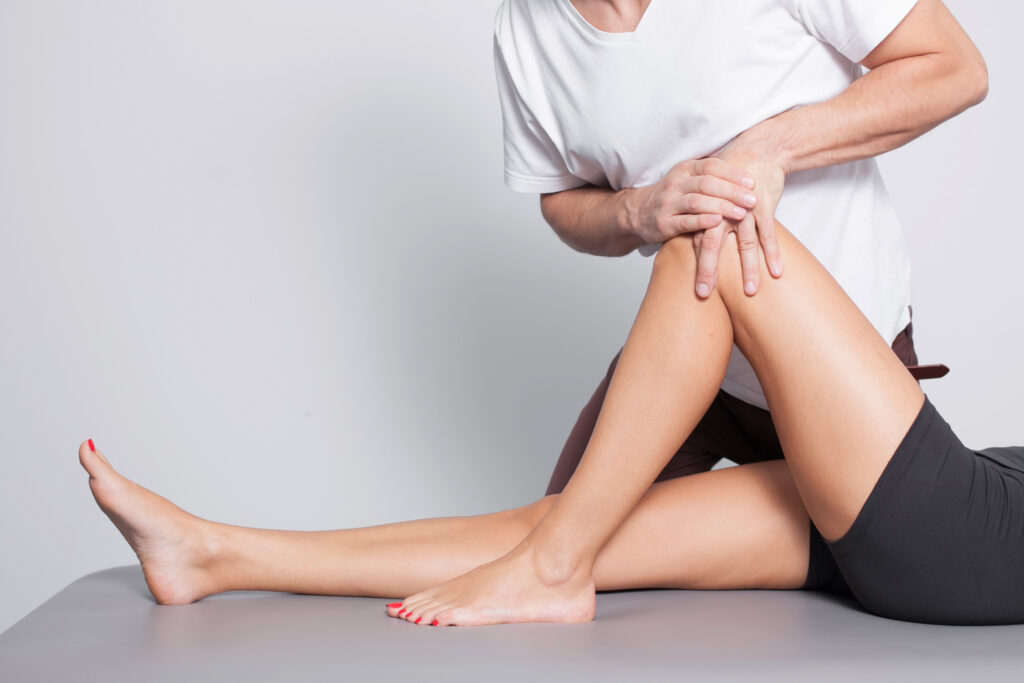anterior cruciate ligament (ACL)
Conditions
What is an ACL Injury?
When it comes to knee injuries, a tear or rupture of the anterior cruciate ligament (ACL) is quite common. Because ligaments are responsible for holding your bones together at the joints, a damaged ligament can cause joint instability and reduced performance.
In your knee, the ACL is one of four ligaments that attach your femur to the patella (knee cap) and the tibia, or shin bone. The ACL helps prevent the tibia from sliding out in front of the femur and provides rotational stability during physical activity.
For example, in sports, the knee is subjected to high force loads that demand a strong and stable joint. An injured ACL can undermine your confidence during play and set you up for further injury.

What Causes ACL Injuries?
Causes of ACL injury include:
- Pivoting or rapidly changing directions on a loaded knee
- Single-leg landing from a jump
- Stopping suddenly while in play
- Female athletes are at four to six times higher risk than male athletes due to anatomical and hormonal factors
- A previous ACL injury increases re-injury risk by about 15%
What are some ACL injury symptoms?
When you tear your ACL, you are likely to feel a “popping” sensation followed by the feeling of your knee giving way and extreme pain. Ligament injuries are considered sprains, and are categorized by severity.
Grade 1 Sprain: Mild damage, with slight stretching of the ligament, but it is still able to provide stability.
Grade 2 Sprain: The ligament is stretched to the point where it becomes loose, compromising stability, often called a partial tear.
Grade 3 Sprain: A complete tear of the ligament, splitting it in two, making the joint extremely unstable. The majority of ACL injuries are Grade 3.
Symptoms of an injured ACL include:
- Pain
- Inflamation
- Knee instability
- Reduced joint range of motion
- Tenderness along the joint
- Pain & discomfort while walking
Rehabilitation is key to recovery and return to day-to-day life, but not all rehab programs are created equal. Many fail to address the importance of motor learning to restore motor skills, and enhanced capacities of neuroplasticity to prevent re-injury.
Integrated motor learning principles not only improve functional performance, but also support neuroplasticity to reduce re-injury risk.
Key motor learning principles include:
External focus of attention (EFA): Traditional ACL rehab focuses on training the muscles that surround and support the knee, keeping the patient’s focus on the injury. EFA directs the patient’s attention to movements in the environment, to promote automatic processes, resulting in more efficient movement and greater quadriceps voluntary activation.
Implicit learning: Rather than following explicit instructions, implicit learning uses visual imagery to help the athlete “feel” each movement, prompting a more automatic motor response.
Differential learning: Each patient is unique, with distinct strengths and limitations. By performing a variety of motor patterns, the patient is able to find motor solutions that works for them, within the context of their own limitations, skills and environment.
Self-controlled learning: Empowering the patient with some control over exercises and feedback during rehabilitation can greatly facilitate motor learning.
Contextual interference: Interference during practice can lead to higher skills learning, yielding better retention and transfer performance.

How to treat ACL pain?
Treatments will vary, depending upon what exactly is causing your knee pain.
Platelet-rich plasma (PRP) injection contains a concentration of many different growth factors that appear to reduce inflammation and promote healing. These types of injections tend to work better in people whose knee pain is caused by tendon tears, sprains or injury.
Stem Cell Therapy for knees is minimally invasive. It’s a procedure that can decrease inflammation, slow and repair all these forms of damage from arthritis, and delay or prevent knee replacement surgery
Microcurrent Therapy helps injured tissue heal faster and provides relief from pain caused by injury or chronic conditions. Your body has a natural electrical current that provides intercellular communication through electromagnetic signaling.
When you have an injury, this signaling is disrupted or diminished. Without the proper electromagnetic signals, your cells cannot do their job efficiently.
